Freelancing - 10% inspiration, 90% administration
Contracts and other business forms /communications, you still need to consider them … I have observed and experienced over my professional career and with my students, their disappointment in hearing how important and time consuming this aspect is, to creating safe and smooth business dealings.
Don’t let your space become this cluttered because you didn’t organize your business space. It will overwhelm your ability to focus on your task - design.
Within the practice of doing business here are some things to be aware of - whether you are a freelancer or an employee, you must track your work. You must also stay in communication with your client (or your art director), ALL the time. Explain what you are doing for each client/project - and for how long. If you are on your own you will need to create all of the following: contracts, interim memos, invoices, proposals, statements of work, project and sub-contractor tracking forms plus flow chart capabilities …. to name just a few.
Form follows function follows contracts. This is a disappointing factor for all those young creatives but an important one to which you should pay attention. I would advise that if you are starting your own business consult with both a legal and accounting professional. Pay for an hour but be efficient and have your questions ready to maximize your time and theirs. I would also include a consult with your bank, which is generally not charged. They will tell you what kind of accounts to set up and why. Do not get confused, the bank advice does not preclude the accountant nor the lawyer’s information and suggestions.
Confusion can lead to legal troubles. Be clear and be professional.
Once you get this tied up, then you can approach the marketing and promotion of your business - but that is for another conversation.
Considering that you are doing professional level work and requiring professional level fees, your documentation must also evoke this level of expertise. Therefore, once you have the content for all the above documents, take the time to develop a branded and legible/logic layout which accommodates all these business documents.
As an employee I was always asked to track my time. Even though my boss was not billing my time hourly (usually it was project based), they did want to know how much time I was working on which project and what I was specifically doing. For example - one hour of internet photo research, 20 minutes of email communication with subcontractors, 2.5 hours concepting/sketching and refining design comps, etc.
As a consultant/freelancer I continue to use these tools. These mechanisms can also come in handy when assessing and projecting the time and costs my clients requests during initial consultations. I never want to promise something I can not provide. The more information I can call on to help make a real assessment, the better.
These are some of the things you should consider but my favourite business tool to recommend is - the interim memo. - What is that?
It is the most important device one needs to employ in business - in my humble opinion.
Less confusion when you ‘interim memo’ regularly.
Once a contract has been signed and a deposit has been made then the project can begin. BUT - you should be on continuous duty to do follow-up emails and clarifications of the constant changes with both your clients and your subcontractors. A converstation without this ‘actualization’ of an email or some kind of documentation, could get you in trouble.
Conversations usually take the project into a new direction or add a new possibility an agreed upon capability … therefore (here’s another tip) make it clear by repeating what you all agreed upon and send it out as an interim memo ASAP. To ensure that the responsibility now rests on the receiver and not you, ask a question at the end of the correspondence. This means that it requires a response and therefore the other party does not have the ability to say they ‘never got the email’. They did read it - because they answered your question. This too can back to bite you if you do not employ this tact or something like it.
And finally, you are a design professional, design your business documents! They come from your desk not your accountant’s.




